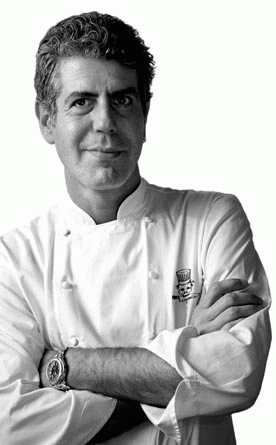Every culture seems to have its own variation on slow-cooked pork. Porchetta, red roast pork, pulled pork and the now-ubiquitous braised belly are all worthy entrants in the porcine hall of fame. I've become a big fan of one of Mexico's contributions to the genre: carnitas.
Carnitas is a delicious dish of pork shoulder, braised, then shredded, then roasted and served in a taco. If the thought of tender, crispy pork in a fresh tortilla does not appeal to you then you are not a person I want to know.
Mexican cuisine has nearly-infinite regional variations, as with any great cuisine, and they each seem to have their own variation on carnitas. Homesick Texan tells of Michoacan carnitas which are cooked in vats of their own fat (ie. lard). Apparently it's common in some areas to braise the carnitas in beer, which I'll definitely try at some point. Pork, beer, yes please.
The recipe I use is by David Lebovitz, with a couple of minor changes incorporated from other recipes I've read. This dish is very, very easy to prepare but obscenely tasty. It's also fairly cheap to cook for a crowd; the free range pork shoulder pictured below is $13/kilo at Mondo's wholesale outlet in Osborne Park (more about that place later).

Carnitas
2 kilo piece of boneless pork shoulder (also called the "butt"), cut into rough, large pieces like in the picture above
About a tablespoon of salt, but no more
2 tablespoons or so of vegetable oil or another oil with a high smoke point
1 cinnamon stick
2 teaspoons chilli powder (use 1 tsp ancho chilli, if you have it, along with 1 tsp regular)
1 bay leaf
1/4 teaspoon cumin
2 cloves garlic, thinly sliced
1 or 2 oranges, juiced
1. Preheat your oven to 180c.
2. Rub the pieces of pork shoulder with salt. You want to try and salt every surface of the meat, but don't be tempted to over-salt at this stage. The liquid is going to reduce while you braise the meat, and it will get very salty if you're not careful.
2. Heat the oil in an enamelled cast iron pot or similar over a medium-high heat. A decent roasting pan would do, you just want something that can go on the hob and in the oven and is reasonably deep. Brown the meat on all sides. Make sure you're not crowding the pan; if you are, your meat will sweat and boil rather than browning. Brown the meat in batches if it won't comfortably fit in one layer.
3. If you like, remove the pork from the pot and blot away the excess fat. Alternatively, don't bother.
4. Put the pork back in the pot and add enough water to cover about 2/3 of the pork. Add the spices, garlic and bay leaf. Add the orange juice. I add the orange juice because it will help the pork to caramelise later on.
5. Place the pot in the oven, uncovered.
6. Leave for 3-4 hours, until the pork is falling apart to the touch and there isn't much liquid left. Turn the meat over every now and then, as the top of the pork will get quite brown as it peeks above the waterline.
7. Remove the pork and shred it with forks. Some people chop their carnitas into chunks, but I like the stringiness of shredded braised meat.
8. Put your shredded pork back into the pot with the little bit of liquid left in it. The liquid will be dark, intense, spicy, fatty, salty and a little sweet from the orange juice. Roast until the pork is nicely crispy on the outside. This will take anywhere from 10 to 40 minutes, mostly depending on how much liquid you have left in the pan and how crispy you want your carnitas.
That's it!
I like to serve carnitas with a side dish made of finely shredded red cabbage, red onion, julienned carrot and coriander that has macerated in a bit of red wine vinegar. I mix a couple of tablespoons of red wine vinegar with a pinch of brown sugar and a pinch of salt, toss well with the cabbage mix and leave until the cabbage has been lightly pickled. It might seem slightly strong, but remember you're not eating it as a salad, it's going on a taco with your porky, fatty, salty carnitas. A tomatillo salsa is also a delicious accompaniment (it's just a shame that we don't have fresh tomatillos here as far as I know, and tinned tomatillos are ridiculously expensive).











